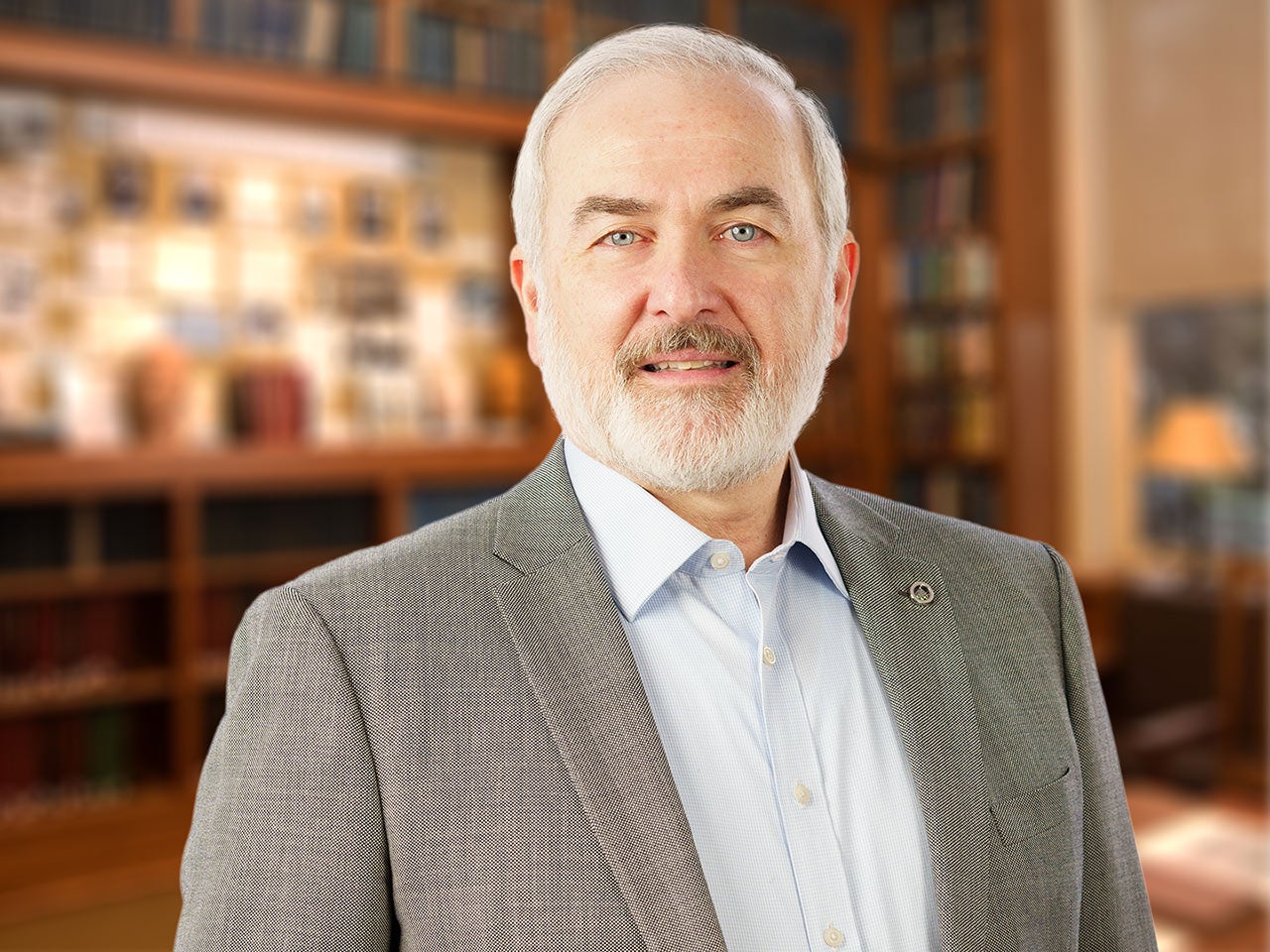It’s a parent’s worst nightmare, finding out your newborn child may never walk or even stand on their own. That used to be the reality for as many as one in 6,000 babies born with spinal muscular atrophy (SMA), a genetic disorder that causes extreme nerve damage, muscle weakness, and sometimes, paralysis. For a long time, doctors had to tell parents that children born with the most severe form of the disease likely wouldn’t live past age 2. Today, Cold Spring Harbor Laboratory (CSHL) Professor Adrian Krainer’s work has given hope to children with SMA and their families.
It’s also given them something else, something just as precious. It’s given them more time together. Decades of research led Krainer and his colleagues to the development of a drug that has helped extend the life expectancy of children born with SMA. The Krainer lab’s research has empowered kids with SMA to stand and walk with assistance, and to breathe without the aid of a respirator, enabling them to do so many of the things that make childhood special. “It was an amazing path,” Krainer says, “and it’s not one that one can expect to see many times in one’s career.”
Professor Krainer reflects on some of his earliest experiences at CSHL.
Krainer’s breakthrough was a long time coming. He’d been investigating the biological process of RNA splicing since doing his doctoral thesis on the topic at Harvard University in the 1980s. One of the scientists who discovered RNA splicing, Richard Roberts, recruited Krainer to join CSHL’s Fellows Program in 1986. Krainer learned about SMA in 1999 and realized his work on splicing might be applied to the disease—then the leading genetic cause of infant death.
In 2008, Krainer and colleagues published a research paper showing that synthetic RNA sequences called antisense oligonucleotides (ASOs) could essentially neutralize the key gene mutation behind SMA. That mutation causes a critical protein deficiency, leading to severe damage in growing nerve cells and the muscles they control. His lab designed ASOs to correct the splicing of an existing, slightly modified version of the mutated gene, thereby preserving crucial motor neurons in the spinal cord.
First, Krainer’s team proved ASOs worked in cultured cells. Next, they showed the same in animal models of SMA. Additional rigorous tests followed. Finally, in 2011, clinical trials sponsored by pharmaceutical company Ionis began on human SMA patients. Some were enrolled as early as six weeks after birth. In 2016, the Krainer team’s ASO, nusinersen, developed in partnership with Ionis and Biogen and marketed as Spinraza, received FDA approval. It was the first drug approved to treat SMA. And it was two days before Christmas.
“Some called the FDA’s announcement of nusinersen’s approval ‘a Christmas surprise,’” Krainer said. “Most gratifying to me was the thought that thousands of families would start to see their loved ones benefit from the drug’s therapeutic effects.”
In 2016, the family of a child diagnosed with SMA met the scientist whose discovery gave them hope. That child is now going to pro hockey games, looking forward to starting the seventh grade, and advocating for the fundamental biology research that helped make these experiences possible for her.
Today, due in part to Krainer’s work, SMA is no longer the leading genetic cause of infant death. Additionally, ASOs have been shown to have many other potential medical applications. Krainer and his team have been testing their use against the neurogenerative disease familial dysautonomia, gastrointestinal cancers, cystic fibrosis, and the pediatric brain cancer diffuse intrinsic pontine glioma.
Many prestigious accolades have also followed, including the Breakthrough and Albany prizes. However, for Krainer, the most valuable rewards remain knowledge and hope. The knowledge that he uncovered has helped to save thousands of lives. The hope his discovery has provided is unquantifiable.
Written by: Jen A. Miller | publicaffairs@cshl.edu | 516-367-8455
About

Adrian R. Krainer
Professor
St. Giles Foundation Professor
Cancer Center Program Co-Leader
Ph.D., Harvard University, 1986
